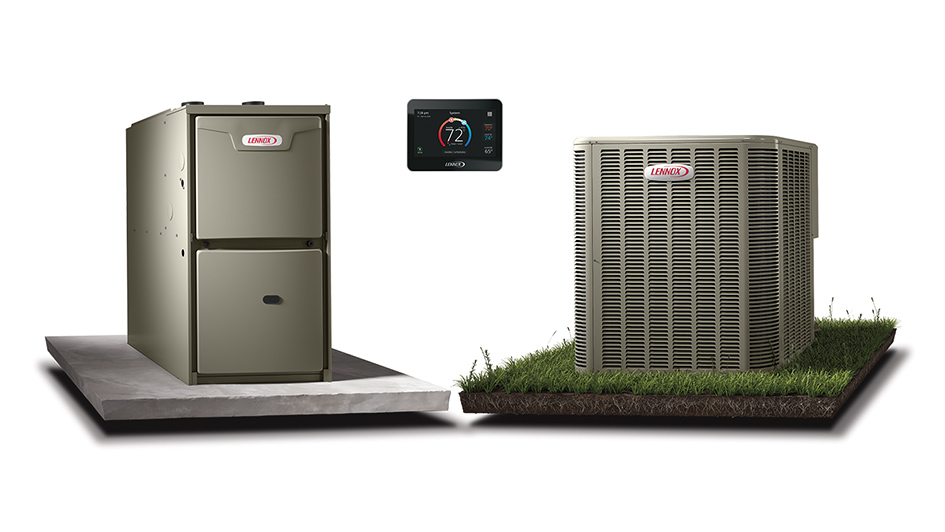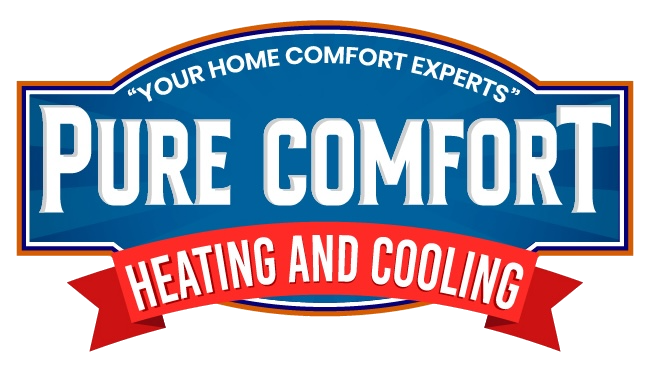
The thought of installing both a furnace and heat pump can seem a little strange at first. After all, why would you need two sources of heat? Although furnaces and heat pumps both offer energy-efficient heat, the changes in their design actually make using both of them a worthwhile option. It’s not for everybody, but under the right conditions you can absolutely benefit from having a furnace and a heat pump.
You should weigh several factors in order to confirm if this sort of setup works for you. Your local climate and the size of your home are both very important, especially for the heat pump. This is because multiple models of heat pumps start to work less efficiently in cooler weather and larger homes. That being said, you can still benefit from heat pump installation in Streamwood.
Heat Pumps May Be Less Effective in Cold Weather
Heat pumps are typically less reliable in cooler weather due to how they generate climate control in the first place. Unlike furnaces, which ignite fuel to generate heat, a heat pump reverses its flow of refrigerant to extract heat from outdoor air. This heat is then drawn inside and distributed around your home. Assuming there is still some heat energy in the air, a heat pump can function. But the colder the temperature, the less effective this process is.
The less heat energy is accessible outside, the longer it takes a heat pump to pull heat indoors to reach your preferred temperature. It can depend on the type of make and model, but heat pumps can start to drop in efficiency at temperatures of 40 degrees and colder. They still remain an energy-efficient option until 20-25 degrees, at which a gas furnace will be more effective.
What Temperatures Do Heat Pumps Perform Best In?
Heat pumps manage best in moderate climates 40 degrees and up. That being said, you don’t have to lose out on the benefits of a heat pump just because your local climate is cooler. As a matter of fact, that’s why owning both a furnace and heat pump might be worth the expense. You can favor the heat pump for energy-efficient heat until the weather is cold enough to justify swapping to something like a gas furnace.
Certain makes and models boast greater efficiency in cold weather. For example, the Lennox MLA heat pump is capable of operating at 100% capacity at 0°F. It can even remain efficient in temperatures as extreme as -22°F. For optimal energy efficiency, you’ll likely still want to use the furnace in particularly cold weather.
So Should I Get a Heat Pump if I Own a Gas Furnace?
If you’re thinking about maintaining the most energy-efficient HVAC system possible, installing a heat pump and gas furnace at the same time is worth the investment. Not only is a dual-heating system adaptable, but it offers other advantages including:
- Reliable backup heating – A redundant heating system means even if one stops working, you still have the means to heat your home. It may not be the most energy efficient, but it’s better than having an unheated home while you hold out for repairs.
- Lower energy costs – The ability to choose which heating system you use based on the highest energy efficiency lowers your total costs. Smaller heating bills over the life span of these heaters can really add up to lots of savings.
- Less strain on both systems – Rather than running one system all winter long, heating resources are separated between the furnace and heat pump. Crucial components could live longer given that they’re not under nonstop use.
If you’re still not sure about heat pump installation in Streamwood, don’t hesitate to reach out to your local expert technicians. They can walk you through your home’s comfort needs and help you determine if a dual-heating HVAC system is the best option.

